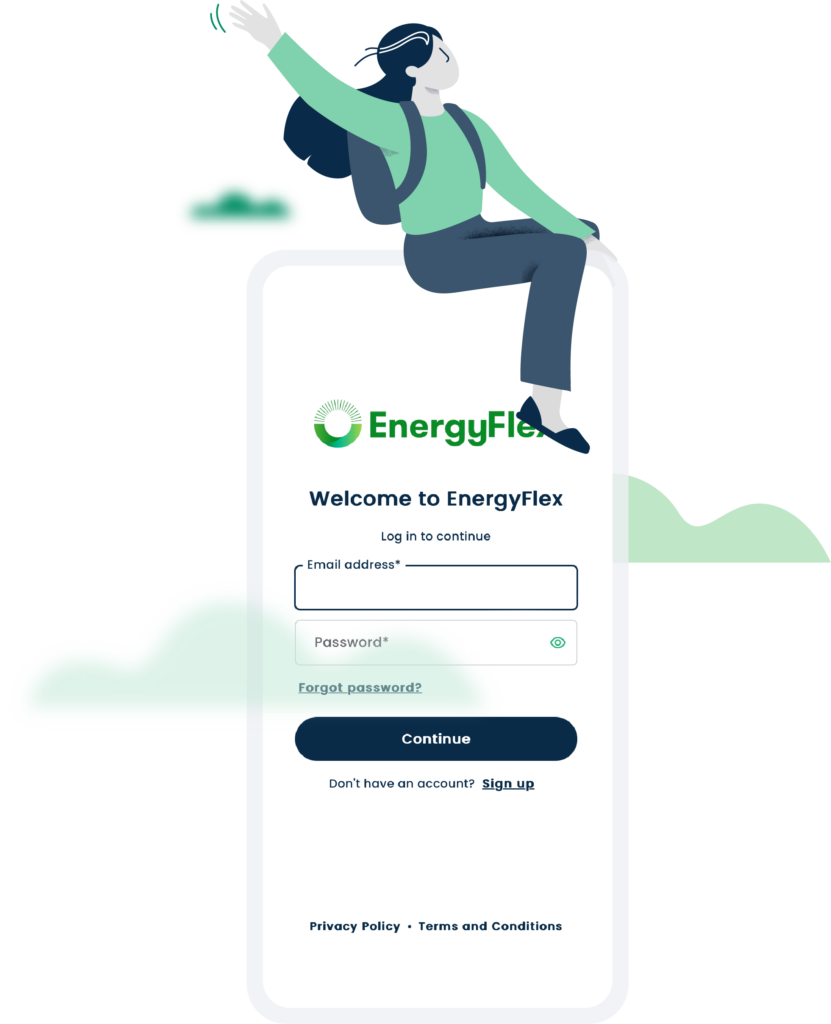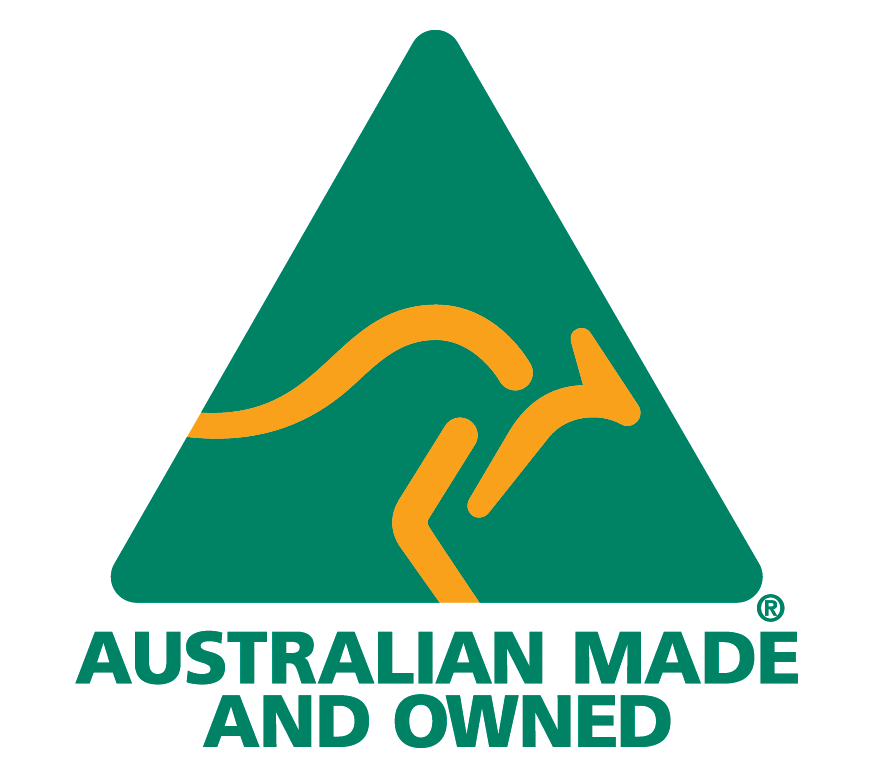An energy tariff is the way you buy electricity.
Just like you pay a certain amount for a litre of petrol, you also pay a certain amount for a kilowatt hour (kWh) of electricity. And just like the price of petrol changes throughout the day, so too does the wholesale price of electricity (every five minutes, to be exact).
Energy retailers turn the varying wholesale price into a set of pricing plans (tariffs) for you to choose from. The trick is choosing the right one, and that largely depends on your consumption habits and how flexible you can be with your usage.
In Australia there are five common tariff structures: Flat tariff, time-of-use tariff, controlled load tariff, demand tariff, and wholesale tariff.
This article unpacks the demand tariff.
 Demand tariff: Speed matters
Demand tariff: Speed matters
With a demand tariff, you’re charged based on the speed (rate) at which you use power, not the total amount used (kW instead of kWh).
Picture it as the speed of filling a bucket with a hose (rate) versus how much water the bucket can hold (volume). The faster the water comes out of the hose, the more you’ll pay. If you turn down the pressure, you’ll pay less for the same amount of water.
Common types of demand tariffs include:
- ‘Peak Demand‘, which charges for the highest usage rate in a specific peak time (which may not be the same peak period as a time-of-use plan), and
- ‘Anytime Peak‘, which charges for the highest usage rate throughout an entire period.
Demand charges were bundled into flat tariffs because the old meters could not measure them. But with smart meters, demand tariffs are more visible. And because you can see your demand, you can better control it and pay less than community averages.
The moral of the demand tariff story is: Don’t use multiple energy-intensive appliances at the same time. If you’re going to use the oven, turn off the air conditioning.
- Pros: Visibility allows you to manage your bills.
- Cons: Discipline is required. You could pay more if you ignore the demand charge.
- Good to know: You need a smart meter to access demand tariffs.
Learn more about the other four tariffs:
With EnergyFlex we’ll guide you in negotiating a better rate with your retailer or if that fails, finding a better plan for you.
To compare retail offers in your area, head to the Energy Made Easy site.





